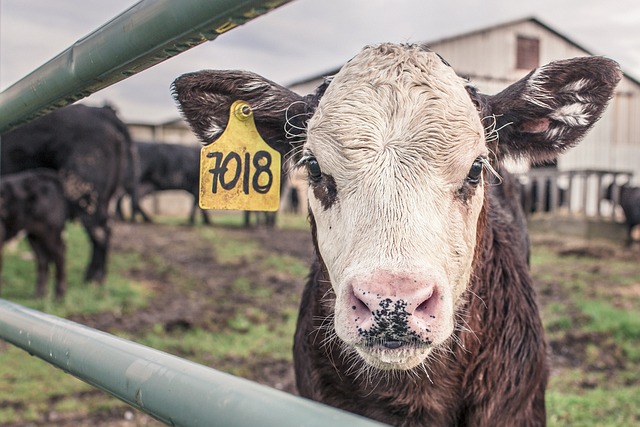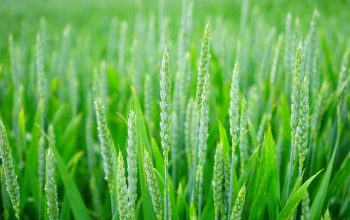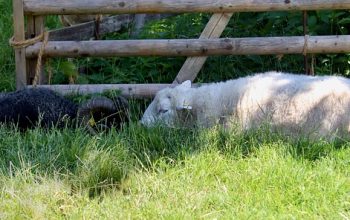Fencing for farms involves strategic management using durable materials like steel and wood to ensure security, control livestock, and demarcate boundaries. Regular maintenance, including monthly inspections and prompt repairs, prolongs fence lifespan, prevents costly issues, and maintains optimal land utilization. Well-designed fences protect against intruders, feral animals, and theft, enhancing farm safety and security with low-maintenance, environmentally compatible solutions.
Fencing is an essential component of farm management, offering both functional and aesthetic benefits. Understanding the diverse fencing needs on farms involves recognizing different types tailored for specific purposes, such as containing livestock or marking property boundaries. This article delves into comprehensive farm fencing maintenance and repair strategies, from regular upkeep to addressing common damage, ultimately enhancing farm security with effective fencing solutions.
- Understanding Fencing Needs on Farms: Types and Purposes
- Regular Maintenance for Long-Lasting Fences
- Repair Techniques for Common Fence Damage
- Strategies to Enhance Farm Security with Fencing
Understanding Fencing Needs on Farms: Types and Purposes
Fencing plays a vital role in farm management, offering solutions tailored to diverse needs. Whether it’s containing livestock, defining property boundaries, or enhancing security, different fencing types serve specific purposes. Farms often require robust and durable materials like steel or wood to withstand harsh weather conditions and regular use.
For instance, electric fencing is a popular choice for managing cattle and sheep, providing a safe and effective barrier that prevents animals from straying. On the other hand, traditional post-and-rail fences are ideal for marking fields, ensuring efficient land utilization while offering visibility for easy monitoring. Understanding these needs is crucial when implementing farm maintenance and repair strategies for optimal fencing performance.
Regular Maintenance for Long-Lasting Fences
Regular maintenance is key to ensuring farm fences last for years to come. For fencing designed specifically for farms, a proactive approach can prevent costly repairs and disruptions in operations. Inspecting fences regularly, at least once a month during the active season, helps identify potential issues like loose posts, damaged rails, or broken wires before they escalate.
This routine check-up should also include cleaning the fence line of debris, checking for proper spacing between posts, and ensuring all gates and latches function smoothly. Promptly addressing minor repairs can preserve the structural integrity of farm fences, maintaining their effectiveness in keeping livestock contained and securing property boundaries.
Repair Techniques for Common Fence Damage
Fencing for farms is a significant investment, and proper maintenance and repair strategies are essential to ensure their longevity. Common fence damage includes issues like broken posts, split rails, and torn wire. To address these problems, consider the following repair techniques.
For broken posts, replace them with new, treated wood or steel poles to maintain structural integrity. Split rails can be repaired by driving in new stakes or using rail clamps to secure the rails back together. In cases of torn wire, inspect the fence for any gaps and retie or rescrew the wires to ensure a secure barrier. Regular inspection and prompt repair of these issues will help extend the life of your farm fencing.
Strategies to Enhance Farm Security with Fencing
Fencing plays a pivotal role in enhancing farm security by providing a robust physical barrier against unwanted intruders, feral animals, and potential theft. Implementing well-designed fencing for farms offers a sense of protection and peace of mind for farmers. Strategically installed fences can deter unauthorized access, safeguard valuable resources like crops and livestock, and create designated areas for specific activities.
When considering fencing farm maintenance and repair strategies, it’s essential to choose materials that are durable, low-maintenance, and compatible with the farm’s environment. Modern fencing options include robust metal or vinyl barriers that resist corrosion and damage, ensuring longevity. Regular inspections and prompt repairs are key; checking fences for any signs of wear, replacing damaged sections, and securing posts will maintain the integrity of the security system. This proactive approach to farm fencing maintenance contributes to a safer and more secure farming operation.
Fencing plays a pivotal role in farm management, offering both structural support and security. By implementing regular maintenance routines and adopting effective repair strategies, farmers can extend the lifespan of their fences while enhancing overall farm security. Understanding the specific needs of your farm, coupled with practical knowledge of fencing types and repair techniques, enables you to make informed decisions that benefit your operation in the long run. Integrating these practices ensures your farm remains a safe, efficient, and productive space for years to come, underscoring the significance of fencing as a vital component of modern farming strategies.




